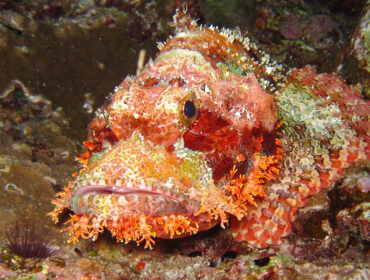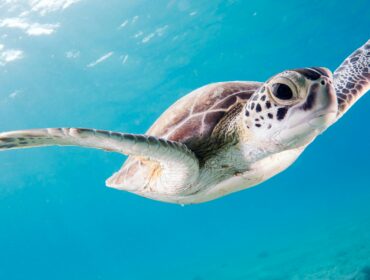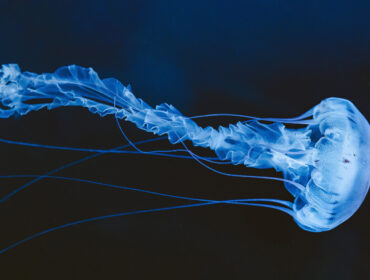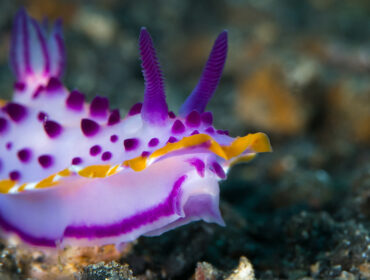Cnidarians are some of the ocean’s most beautiful and ethereal creatures, a phylum that contains more than 10,000 marine species in all the world’s oceans. Although cnidarians take different forms, the one commonality among them all is the presence of nematocysts, or stinging cells that are used for defense and capturing prey. Some are mobile while others are sessile, and many are comprised of polyp colonies that look after specific functions of the whole organism. Let’s take a look at the five types of cnidarians that you have likely seen on many of your dives!
Anthozoa
The Anthozoa class of cnidarians is comprised of hard and soft corals, gorgonians, sea pens, and sea anemones. These creatures are all mainly sessile and carnivorous, catching prey with tentacles as it floats by in the water column. Some species also rely on symbiotic algae living within their cells as a supplementary energy source. Anthozoans begin their lives as tiny larvae, attaching themselves to the seafloor or part of a reef when fully developed to become polyps, and eventually, mature organisms.
Scyphozoa
Scyphozoans are often referred to as “true” jellies, meaning that while other species of cnidarians appear to be of the same class, they are actually separate species. Portuguese man o’ war, siphonophores, and box jellies are just a few species that are not true jellies. Most of the large, colorful jellyfish we see in the oceans are scyphozoans, which typically display a four-part symmetry in their physical makeup. Trailing tentacles are loaded with nematocysts that either filter plankton from the water column or actively entrap small fish and crustaceans.
Cubozoa
The most dangerous to humans of all the cnidarians on this list is the cubozoa, a class of box jellyfish that carry toxins potent enough to kill multiple adults in minutes, or deliver an excruciatingly painful injury at the very least. Their characteristic box-shaped bell culminates in four (sometimes more) long, trailing tentacles which can extend up to ten feet in length. Rather than passively floating through the water column to feed like scyphozoans, cubozoa actively hunts its prey and can reach speeds of three feet per second!
Hydrozoa
Hydrozoans are a diverse group of tiny predatory animals that exist as solitary or colonial creatures, in fresh or saltwater, and manifest in a wonderful variety of forms. Colonial species form specialized colonies for certain functions of the whole animal which, without each other, would likely not survive. The way colonies form depends largely on the species and the environment, as their local conditions can determine whether the species is mobile or sessile. The Portuguese man o’ war and fire coral are two very well known hydrozoans.
Staurozoa
The most rare of these types of cnidarians, staurozoans are stalked jellyfish that dwell in cold, near-shore water attached to the substrate. They appear to be upside down jellyfish, with tentacles that project upwards from their trumpet-shaped bells and a singular stalk protruding from the center. Sexually mature adults spawn sperm and eggs that fertilize in the water column, which become larvae that crawl the ocean floor in search of a suitable home. When it is found, they attach themselves and begin the maturation process into adulthood.









